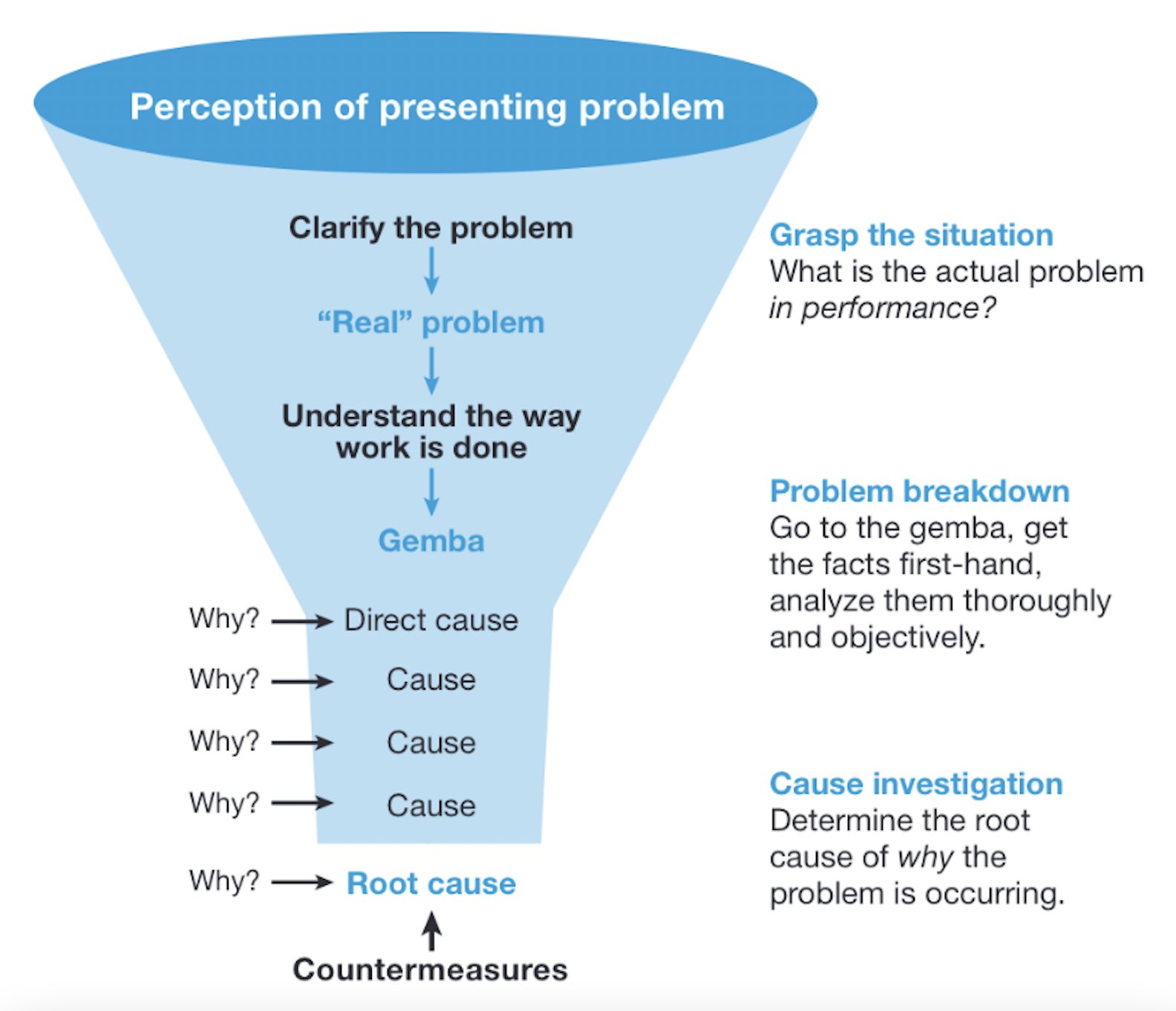Step-by-Step Guide: How to DIY a Stunning Board and Batten Wall in Your Home
Introduction to Board and Batten Walls
Board and batten is a classic wall treatment that adds architectural interest and texture to any space. Popular in both modern and traditional interiors, this DIY project can elevate a plain wall into a stunning focal point. The process involves attaching vertical boards (battens) and horizontal boards to create a grid-like pattern that’s both functional and decorative. Homeowners are drawn to board and batten for its affordability, adaptability, and professional appearance. This comprehensive guide will walk you through every stage of the process, from planning and materials to finishing touches, with real-world tips and alternatives to fit any home and budget.

Source: woohome.com
Planning Your Board and Batten Project
Before starting, assess the wall you want to transform. Identify potential obstacles such as windows, doors, outlets, and baseboards. Carefully measure the wall’s length and height, as accuracy here influences the entire project. Decide how high the board and batten will go-some opt for full wall applications, while others prefer wainscoting height (typically between 36 and 60 inches from the floor). Consider the width and thickness of your boards; common choices include 1×2, 1×4, and 1×6 MDF or wood boards. MDF is cost-effective and readily available, while solid wood is ideal for high-moisture areas like bathrooms.
Sketch your design or use painter’s tape on the wall to visualize spacing and layout. Spacing between battens typically ranges from 12 to 24 inches, but can be adjusted for symmetry or to avoid awkward placements near doors and corners. For best results, treat each wall independently to maintain visual balance, even if spacing varies slightly [1] .

Source: usefuldiyprojects.com
Materials and Tools Needed
Gathering all necessary materials and tools before you begin will streamline your project and help avoid delays:
- 1×4 or 1×6 pre-primed MDF or wood boards for base and top rails
- 1×2 or 1×4 boards for vertical battens
- Construction adhesive (e.g., Liquid Nails)
- 1 1/4″ and 2″ brad nails or finish nails
- Paintable caulk and lightweight spackle
- Paint and primer (if boards aren’t pre-primed)
- Miter saw and/or hand saw
- Brad nailer or hammer and nails
- Level, stud finder, tape measure, pencil
- Utility knife, prybar, hammer (for baseboard removal)
If you don’t have access to power tools, most home improvement stores will cut boards to size for you. Always double-check measurements before making final cuts to avoid waste and ensure a tight fit [2] .
Step-by-Step Installation Process
Step 1: Prepare the Wall
Clear the working area and remove any existing baseboards if they interfere with your design. Use a utility knife to score caulk lines, then gently pry off the baseboard with a prybar and hammer. If you plan to reuse the baseboard, set it aside for reinstallation later. Repair any holes or imperfections in the wall with spackle, and sand smooth once dry. Mark the location of wall studs with a stud finder-securing boards to studs ensures a sturdy installation [3] .
Step 2: Install the Baseboard
Measure and cut your new baseboard (or reinstall the original if it fits your design). If joining pieces at corners, use a miter saw to cut 45-degree angles for a professional finish. Attach the baseboard to the wall using a brad nailer or finish nails, driving nails into studs where possible. Check for level as you work. If the floor is uneven, scribe the baseboard to fit tightly [3] .
Step 3: Attach the Top Rail
Decide the final height of your board and batten (full wall or wainscoting). Mark a level line at this height across the wall. Cut the top rail to length and dry-fit it. Secure the top rail with adhesive and nails, again targeting studs. For a more finished look, consider adding a 1×2 or decorative molding on top to serve as a ledge or shelf, though this is optional [4] .
Step 4: Plan and Install Vertical Battens
Determine the number and spacing of vertical battens. Measure each batten individually, as floor and ceiling variations can cause height differences. Dry-fit each batten with painter’s tape before nailing. Attach each batten with adhesive and nails, checking for level as you go. If working alone, secure the batten with a single nail in the center, adjust for plumb, then finish nailing top and bottom. Repeat until all battens are installed [1] .
Step 5: Install Additional Horizontal Rails (Optional)
Depending on your design, you may add mid-rails or additional horizontal boards to create a grid pattern. Follow the same process: measure, cut, dry-fit, then secure with adhesive and nails. Always check for level and alignment with existing boards.
Step 6: Fill, Caulk, and Prepare for Paint
Fill all nail holes with lightweight spackle, allow to dry, then sand smooth. Apply paintable caulk along all seams, corners, and where boards meet the wall to ensure a seamless appearance. Wipe away excess caulk with a damp finger or cloth. This step is vital for a professional, finished look and prevents gaps from showing after painting [5] .
Step 7: Prime and Paint
If boards are not pre-primed, apply a coat of primer and allow it to dry. Paint the boards and wall with your chosen color, using a roller for large areas and a brush for corners and details. Multiple thin coats yield the best finish. Popular paint sheens for board and batten include eggshell and satin for durability and easy cleaning. Allow paint to cure according to the manufacturer’s instructions before reinstalling baseboards or furniture [2] .
Real-World Advice and Alternatives
Every home presents unique challenges, from uneven walls to tricky corners. If you encounter obstacles like electrical outlets or switches, carefully notch boards with a jigsaw or handsaw to fit around them. For renters or those seeking a temporary solution, consider using removable adhesive strips; however, this may not provide the same durability as nails and adhesive. For high-moisture rooms, use solid wood boards and a mildew-resistant paint for longevity.
If you lack power tools, many home improvement stores offer saw rentals or will cut boards to your specifications. Always wear appropriate safety gear, including eye protection and a dust mask when cutting or sanding boards.
Potential Challenges and Solutions
Uneven Walls: Shim boards as needed or use caulk to fill small gaps. Sand down high spots before installation.
Mismatched Measurements: Double-check all measurements and dry-fit boards before attaching. If lengths vary, cut each batten individually rather than batching cuts.
Paint Drips or Uneven Finish: Use high-quality paintbrushes and rollers, and apply thin coats. Lightly sand between coats for a smooth finish.
Summary and Key Takeaways
Installing a board and batten wall is an approachable project for most DIYers and can dramatically enhance any room’s appearance. Careful planning, precise measurements, and attention to detail are key to success. With a modest investment in materials and a weekend of work, you can achieve a high-impact, custom look that rivals professional installations. For expert visuals, many home improvement blogs and reputable YouTube channels offer step-by-step videos that complement written instructions [4] .
For further assistance, consider consulting staff at your local home improvement store, who can offer material recommendations and cutting services. If uncertain about any step, searching for “DIY board and batten wall” on established platforms such as YouTube or major home improvement retailers will yield additional tutorials and customer reviews.
References
- [1] Designer Trapped (2022). DIY Board and Batten Accent Wall: The Easiest Method.
- [2] Angela Marie Made (2019). Easy DIY Board and Batten Wall.
- [3] Jenna Sue Design (2019). DIY Board and Batten Walls.
- [4] YouTube (2020). Easy DIY Board and Batten Wall | How to Install Wainscoting.
- [5] YouTube (2021). How to Install Board and Batten – DIY Accent Wall.



